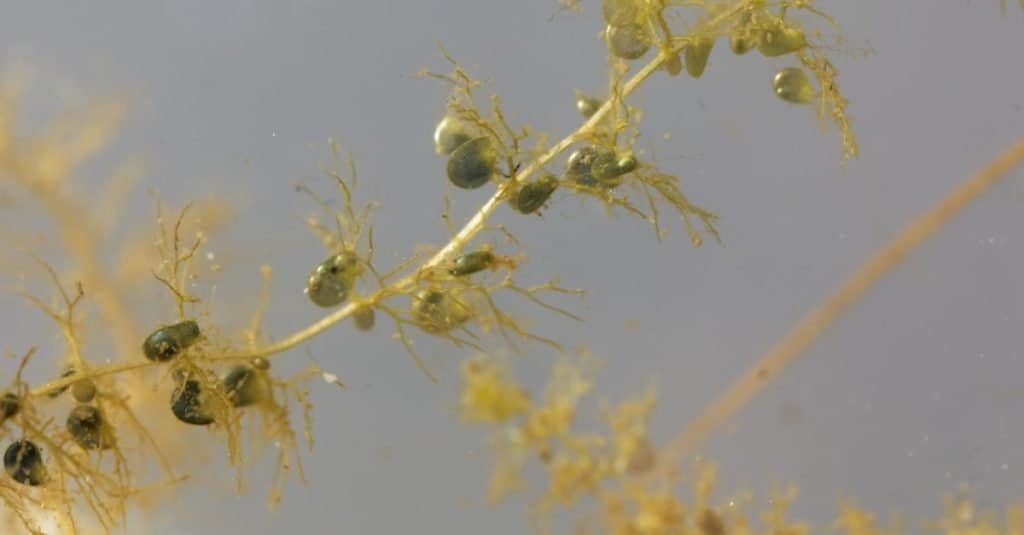Omnivores are animals capable of digesting plants or meat and obtaining the needed nutrients from both. Humans are primary examples of pure omnivores, though the term doesn’t differentiate between choices. For instance, meat-only or vegans are both still omnivores because of capability, rather than action.
Omnivorous animals are the most resource-abundant animals on the planet. Since they don’t have to depend on either meat or vegetation exclusively, they are more capable of surviving in their natural environments.

Omnivorous animals are the most resource-abundant animals on the planet.
©iStock.com/
The Etymology of Omnivore
Omnivore is the combination of two Latin words—omnis and vore. Omnis means ‘all’ while vore means ‘consumption.’ Advancements in science allow biologists to break down the degree of nutrition omnivorous animals derive from their chosen food resources.
These advancements further allow scientists to break down the available nutritional resources and how they affect consumers from a psychological and physiological perspective. After all, how an animal eats (along with how well), determines a number of behaviors and physiological characteristics.
Omnivorous Species

Bladderworts are carnivorous plants that also eat algae and pollen grains.
©ChWeiss/Shutterstock.com
The word “species” is pertinent here since “animals” are not the only omnivorous creatures out there. Omnivores exist among mammals and plants, though it is far more common in mammals, fish, and birds than it is in plants.
Bladderworts are plants that were long thought to be carnivorous until it was discovered that they consume more than mosquito larvae, worms, small fish, and tadpoles. As it turns out, bladderworts also eat algae and pollen grains, making them omnivores, even if meat is their predominant source of food.
While bladderworts are a very rare omnivorous exception to the rule, mammals are altogether different. Hamsters, rats, bears, pigs, maned wolves, squirrels, dogs, skunks, and sloths are just a small set of omnivorous examples. While some may prefer meat over plants, their consumption of plants makes them omnivores.
Birds are typically omnivores, though some may consume far more meat than vegetation. Most birds also supplement their diets with a wide range of nuts, seeds, fruits, and vegetables. At the same time, smaller birds are fond of worms, grubs, caterpillars, and a variety of insects.
Fish cover the entire range of the dietary spectrum. There is a lot of omnivorous fish out there, such as goldfish, guppies, catfish, bluegill, salmon, angelfish, discus, swordtails, and more. Reptiles and amphibians are the same. Ultimately, every type of animal has its own, omnivorous representation.
Omnivore Pronunciation:
The pronunciation of omnivore is: aah-nuh-vor



